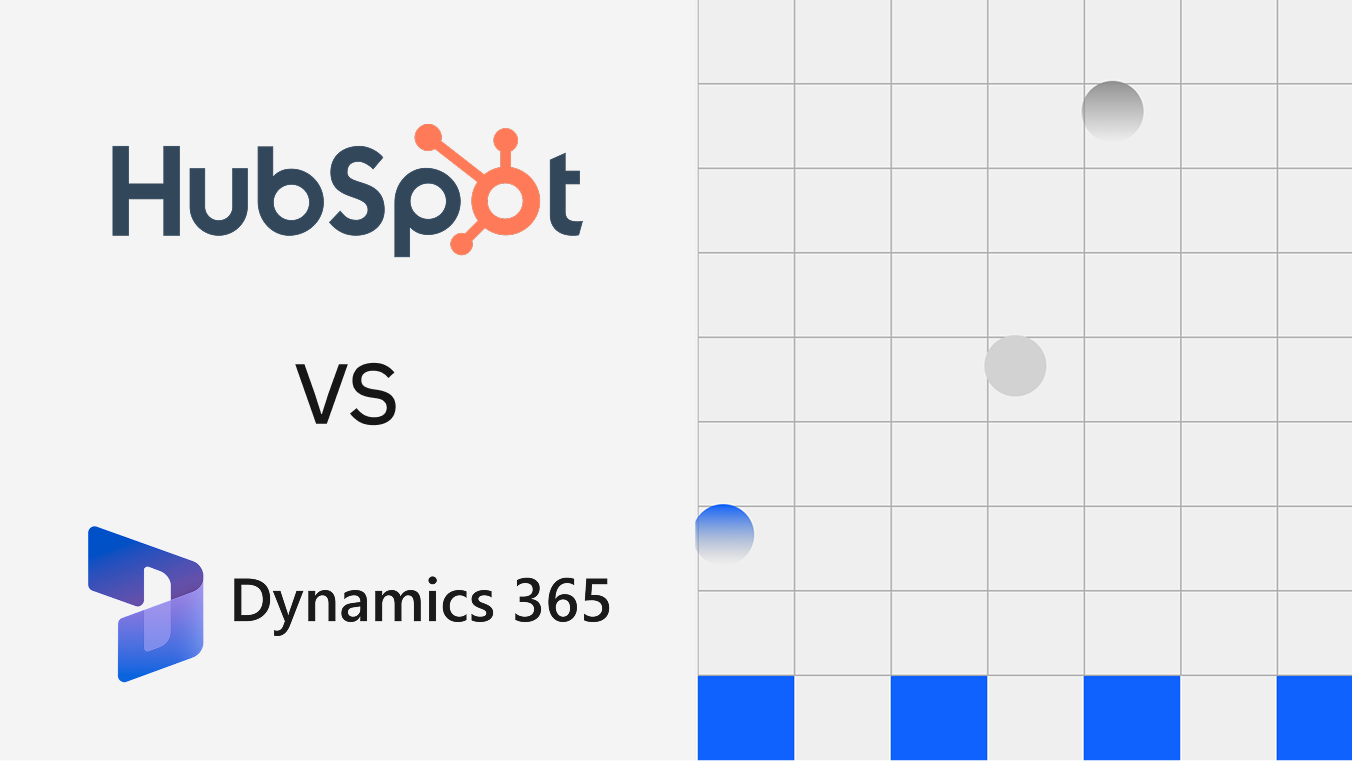

HubSpot vs Microsoft Dynamics 365 CRM: explore usability, customization, and enterprise scalability. HubSpot leads in marketing automation and user experience, while Dynamics 365 shines in flexibility, advanced AI, and enterprise resource integration. Learn which CRM suits your business model and how to connect both without manual effort.
HubSpot and Microsoft Dynamics 365 are powerful CRMs that cater to different needs. HubSpot emphasizes marketing-led growth and ease of use, while Dynamics 365 focuses on enterprise-level customization, AI (Copilot), and integration with Microsoft’s ecosystem. Comparing them helps identify whether you need simplicity and inbound automation (HubSpot) or enterprise depth and Microsoft-native scalability (Dynamics 365).
HubSpot CRM provides an intuitive, all-in-one platform that unites marketing, sales, and customer service. Known for its inbound methodology, HubSpot automates lead nurturing and sales workflows with minimal setup. It’s ideal for small to mid-sized businesses looking for fast deployment and clean UX.
Microsoft Dynamics 365 CRM is part of Microsoft’s business suite that connects sales, service, marketing, and operations. With deep AI integration via Copilot and Power Platform extensibility, it offers advanced data visibility and process automation. It’s best suited for organizations needing robust customization and ERP-level functionality.
